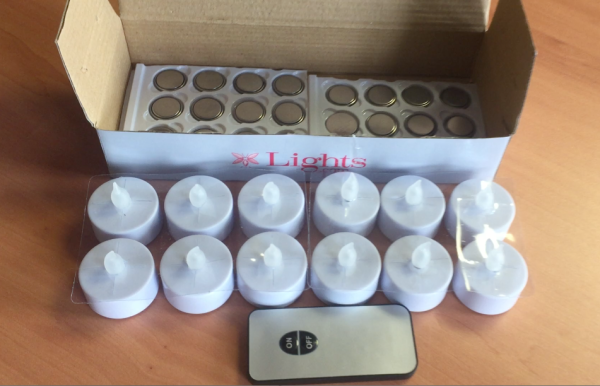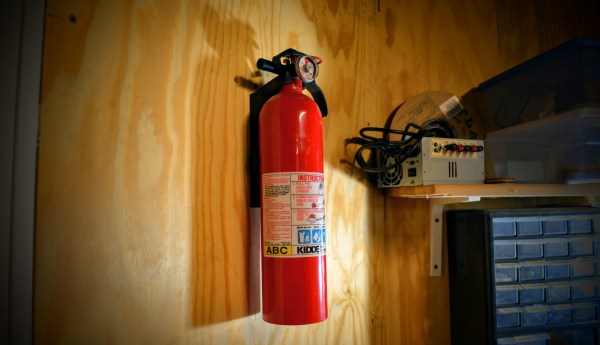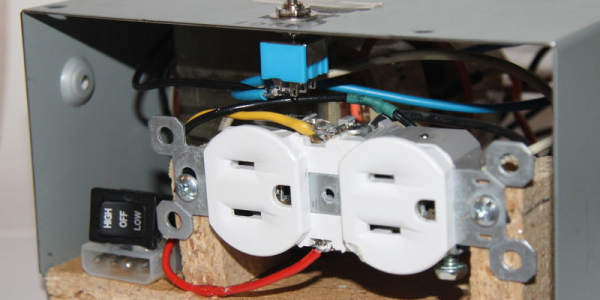We get a lot of press releases at Hackaday, but this one was horrific enough that we thought it was worth sharing. Apparently, some kids are accidentally eating lithium coin cell batteries. When this happens with bigger cells, usually greater than 20 millimeters (CR2032, CR2025, and CR2016) really bad things happen. Like burning esophaguses, and even death.
The National Capital Poison Center has done some research on this, and found that 14% of batteries swallowed over the past two years came from flameless candles like the ones above. We know some of our readers also deal with batteries in open trays, which are apparently pretty dangerous for children.
The National Capital Poison Center’s website has an entire page dedicated to battery safety, which is probably worth a read if you deal with batteries and small children on a regular basis. Should an incident occur, there’s even a hotline to call for assistance.
So, please, don’t swallow batteries, or let children put them in their mouths. After the break, a Canadian PSA song about not putting things in your mouth.
Continue reading “PSA: Don’t Let Kids Eat Lithium Batteries”

















